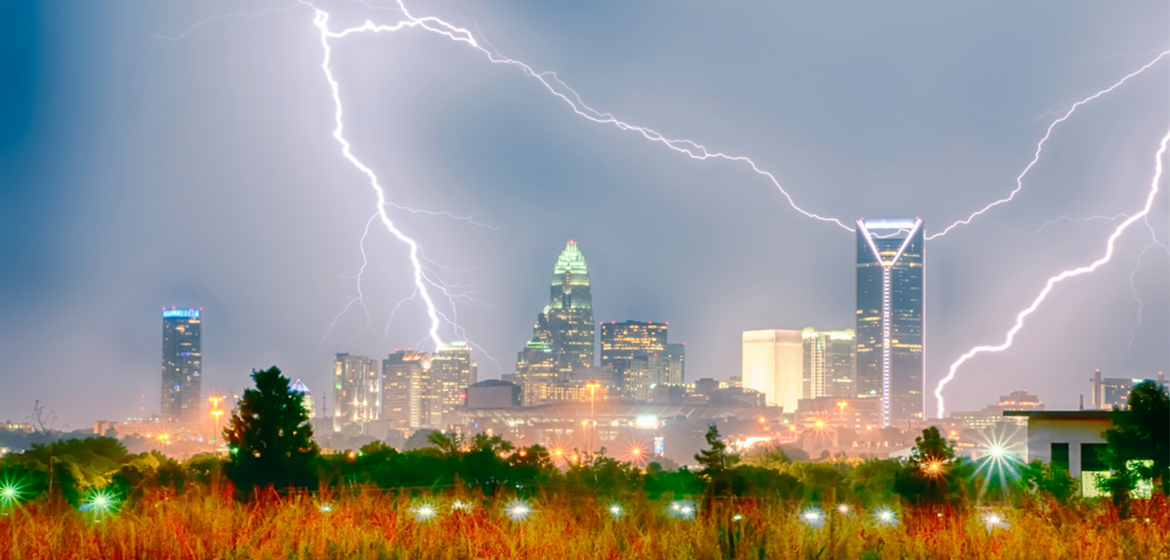The Reality Of Lightning Strikes: Dispelling 5 Common Myths

Lightning strikes are a fascinating and powerful natural phenomenon. They can be both awe-inspiring and potentially dangerous. However, there are several misconceptions and myths surrounding lightning strikes that can lead to confusion and misinformation. In this article, we will explore the reality of lightning strikes and dispel some common myths, providing you with accurate information and practical tips to stay safe. Let’s dive in!
Myth 1: Lightning Never Strikes the Same Place Twice
Contrary to popular belief, lightning can strike the same place multiple times. Tall buildings, trees, and other structures that provide a path of least resistance can be frequently struck by lightning. For instance, the Empire State Building in New York City is struck by lightning an average of 23 times per year.
Myth 2: Rubber Shoes or Tires Protect You from Lightning
Another common myth is that wearing rubber shoes or being inside a vehicle with rubber tires will protect you from lightning. However, this is not true. Lightning can still strike and harm you even if you are wearing rubber-soled shoes or inside a car. The metal frame of a vehicle, not the rubber tires, provides protection by creating a path for the electrical current to follow, keeping you safe inside.
Myth 3: Lightning Only Strikes During Thunderstorms
While thunderstorms are the most common time for lightning strikes, they can also occur in other weather conditions. Lightning can happen during rainstorms, snowstorms, and even in clear skies. This phenomenon, known as “bolt from the blue,” happens when lightning travels horizontally for long distances, striking the ground far away from the storm.
Myth 4: Lightning Doesn’t Strike Water
Contrary to popular belief, lightning can and does strike bodies of water, including oceans, lakes, and rivers. Water is an excellent conductor of electricity, and if lightning strikes the water’s surface, the electrical current can spread out in all directions. This can pose a danger to anyone swimming, boating, or standing in the water during a storm. It’s important to seek shelter indoors when a thunderstorm is approaching, even if you’re near a body of water.
Myth 5: Lightning Strikes Only Happen Outdoors
While it’s true that being outdoors during a thunderstorm increases the risk of being struck by lightning, indoor areas are not completely safe either. Lightning can travel through electrical and plumbing systems, phone lines, and metal objects, potentially causing damage or injury indoors. It’s important to avoid using wired electronic devices, plumbing fixtures, and landline telephones during a thunderstorm to minimize the risk of being affected by lightning.
Understanding the reality of lightning strikes is crucial for staying safe during thunderstorms. Remember, seeking shelter indoors and avoiding contact with electrical devices and plumbing during a thunderstorm is the best way to stay safe from lightning strikes. Stay informed, stay safe, and enjoy the awe-inspiring beauty of nature’s light show from a secure location.